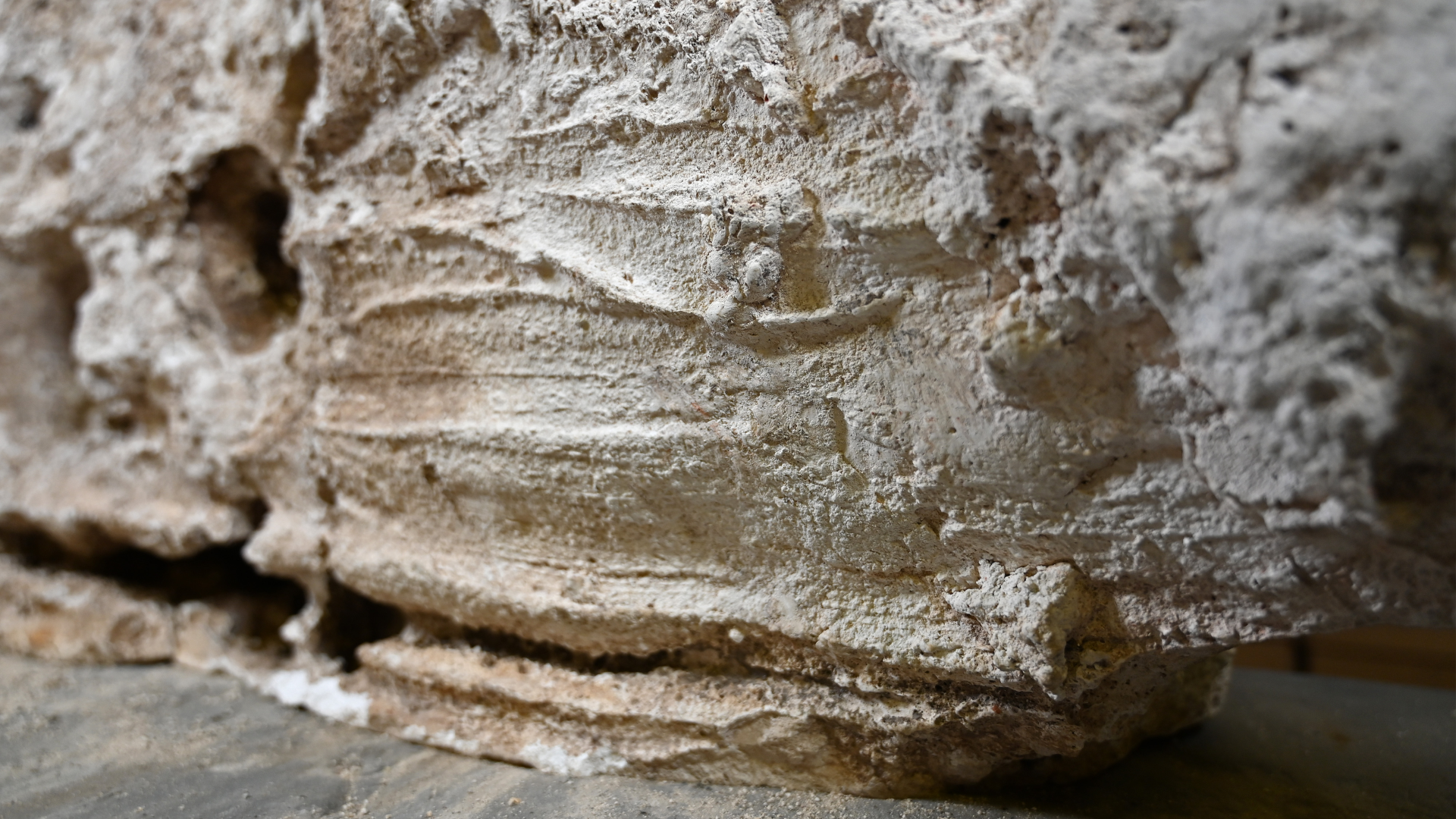Japanese Women Fall to No. 2 in Life Expectancy

For the first time in more than 25 years, Japanese women are not considered to have the longest life expectancy across the globe, losing out to Hong Kong, according to Japan's Ministry of Health, Labour and Welfare.
Japanese women's life expectancy at birth dropped from 86.30 in 2010 to 85.90 in 2011, while men dipped from 79.55 in 2010 to 79.44 in 2011, according to the ministry of health. For Hong Kong, life expectancy at birth in 2011 for females was 86.7 years, while for males it was 80.5 years.
(Life expectancy at birth refers to the number of years a newborn would be expected to live if current patterns of mortality at the time of birth were to stay the same throughout his or her life.)
However, these female icons of long life should be back on top next time statistics are calculated. That's because life expectancy is calculated cross-sectionally, meaning it relies on data from a slice of the population at one time point. And 2011 happened to be a bad year for mortality in Japan. [10 Easy Paths to Self Destruction]
Life expectancy dips
Some have speculated the March 2011 earthquake-tsunami disaster, in which 65 percent of victims were ages 60 or older, may be partly responsible for the drop.
"[A] spike in mortality has a big one-off impact on life expectancy," Peter Muennig, of Columbia University's Mailman School of Public Health, told LiveScience in an email. "Japan should be back to number one by the next time that statistics are compiled," he said, adding that other disasters have had similar effects on life expectancy. These include the 1918 flu pandemic, WWI, WWII, and other big mortality events.
Get the world’s most fascinating discoveries delivered straight to your inbox.
In 2008, U.S. life expectancy dropped partly due to the recession that started that year.
The dip does highlight some overall trends in longevity across the globe.
"There is a general trend toward a deceleration in life expectancy in some nations," Muennig said. "The U.S. is slipping rapidly, for instance. And many developing nations are rising very quickly."
A study detailed on June 15 in the journal Population Health Metrics found that life expectancies fell in more than 80 percent of U.S. counties behind the average of the 10 longest-lived nations over the last two decades or so.
Causes of decline
As for why, Muennig said, "No one is perfectly clear on why this is the case." Some have said smoking tobacco may be partly behind the dip in the United States, and only now are we seeing the lagged effects. "However, smoking is not much of an explanatory variable for Japanese women. (Though it definitely is for Japanese men!)," he added.
Researchers who reported the Population Health Metrics suggest the U.S. health-care system's focus on treating the sick rather than preventing illness and chronic disease in the first place may be partly to blame for U.S. life-expectancy dips.
Even if Japan bounces back to its top spot on the life-expectancy charts, scientists have voiced concern that the country's longevity is slipping due to relatively high rates of smoking, suicide rates and rising body mass index (a measure of a person's fatness).
Now Japan is facing a situation with a highly skewed population and the health care needed to care for it. More than one in five people in the country are older than 65, according to the CIA World Factbook. (In the rural areas where the tsunami hit, that number was one in three.)
Follow LiveScience on Twitter @livescience. We're also on Facebook & Google+.
Jeanna Bryner is managing editor of Scientific American. Previously she was editor in chief of Live Science and, prior to that, an editor at Scholastic's Science World magazine. Bryner has an English degree from Salisbury University, a master's degree in biogeochemistry and environmental sciences from the University of Maryland and a graduate science journalism degree from New York University. She has worked as a biologist in Florida, where she monitored wetlands and did field surveys for endangered species, including the gorgeous Florida Scrub Jay. She also received an ocean sciences journalism fellowship from the Woods Hole Oceanographic Institution. She is a firm believer that science is for everyone and that just about everything can be viewed through the lens of science.



